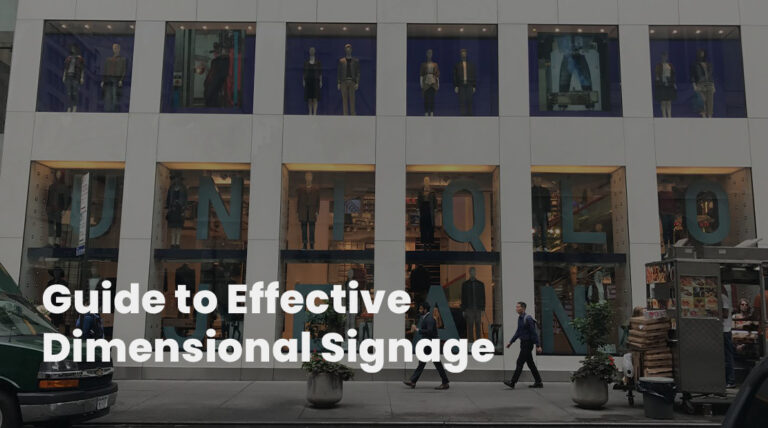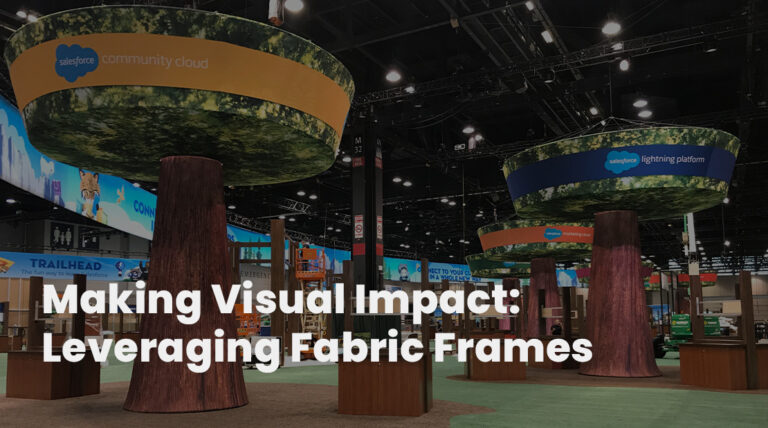2D and 3D. Which is greater? Which looks the best? The answer is easy. BOTH! Why is that? They both provide excellent benefits that all depend on the scope of your project.
2D Singage
2D is the most common form of signage for one reason. It gets the job done. Check out some of the top advantages of using 2D signage below:
To the point: 2D signs excel at making text clear and simple to read for viewers. You won’t have to worry about glare, perspective, or shadow like you would with a 3D sign. 2D signs are significantly less sophisticated, ensuring clearly communicating your message.
More room: 2D signage is usually better than 3D signage for individuals who need more text on their signs. 2D signage allows for a larger amount of text and graphics to be displayed. They are ideal when your customers require additional information. They are also well-suited for indoors, where viewers are closer and tend to have more time to read.
Directional: Two-dimensional signs are helpful in creating text-based navigation. They provide plenty of room to incorporate necessary content and a variety of color options to make them stand out. In addition, they are simple to install in critical spots, both indoors and out. If you merely require an image, such as an arrow, without text, a 3D sign may be more effective. However, in most cases, 2D signs are a superior option for directional signage.
3D Singage
Dimensional signage stands out from their two-dimensional equivalents and draws greater attention to your message. Consider the following advantages of employing 3D signs:
The Big Picture: When it comes to 3D signage, it’s impossible to ignore discussing impact. These signs add dimension and contain graphics that “POP” out of their backgrounds, making them impossible to miss. As a result, they’re commonplace above and near stores, in parking lots, and MORE. Because of their broader impact, these signs are likely to raise brand knowledge among the general population.
Originality: Companies can do more with 3D signage and produce something that customers aren’t used to seeing. Because of the increased personalization, you may build signage with images and text that people remember. For an office setting, they provide more of a personalized feel.
Adaptability: 3D signage, like 2D signs, can use a variety of materials. Foamcore, PVC plastics, acrylic, or metal can be used as substrates for your signage. Unlike 2D signs, you have even more options for customizing your signage to make each one unique. Furthermore, because the signage is 3D, you may use more lighting and other digital aspects.
Whether you think 2D or 3D signs are right for you, you need a company that can help you with all of your signage needs. Working with Super Color Digital, you get a large nationwide network of studios that specialize in large-format graphics. No matter your needs, we have the experience, team, and tech to handle your next project.





